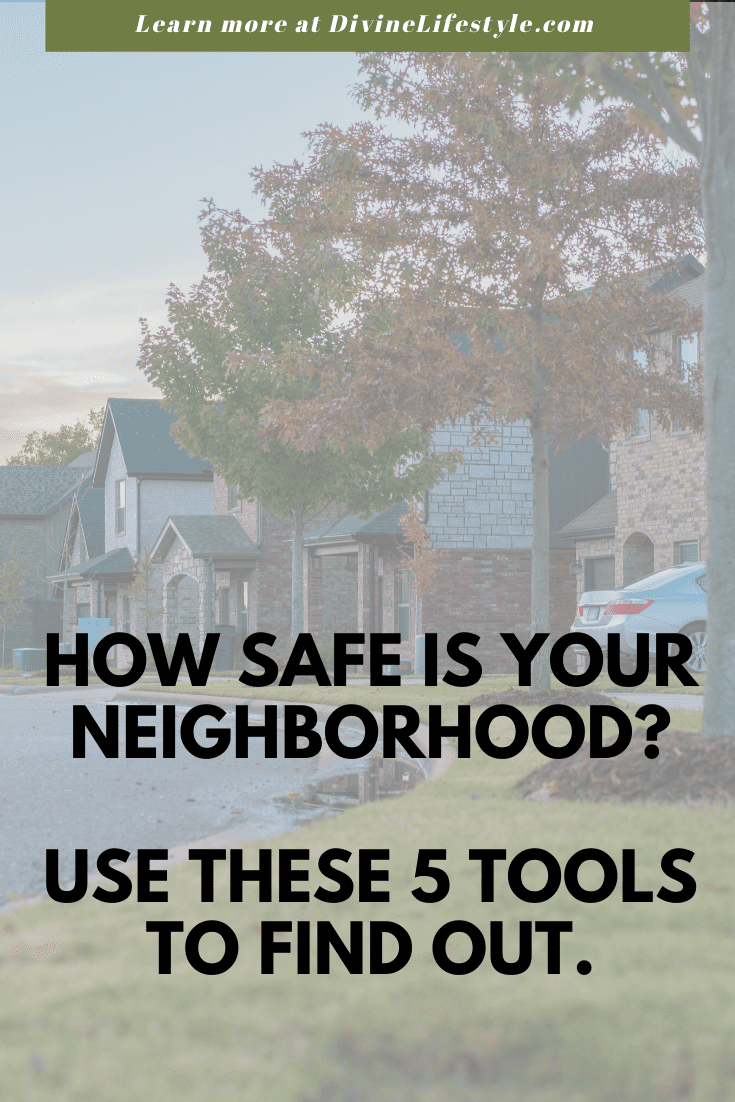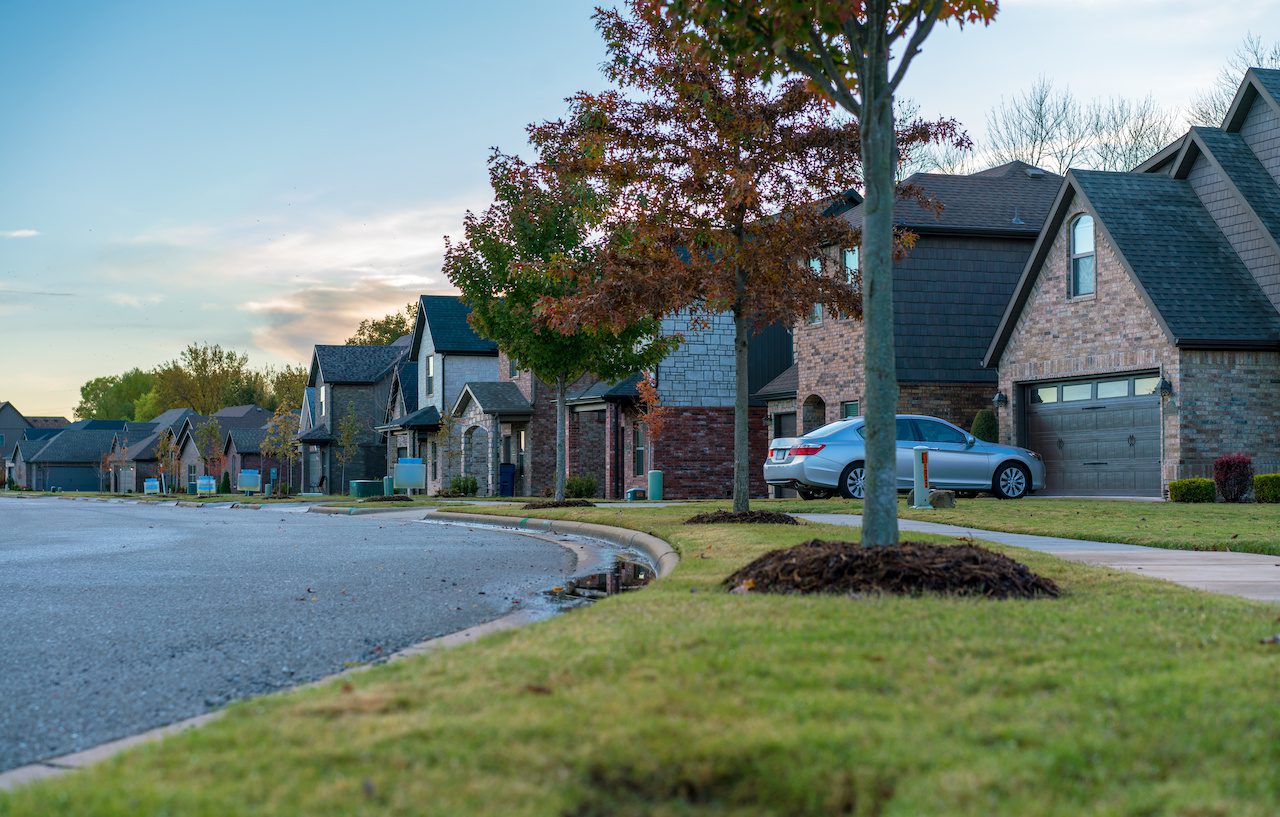Garage Sale Tips and Tricks
Garage Sale Tips and Tricks Looking for garage sale advice tips? Need tips for a successful garage sale? Garage sales are hotter than they have ever been before. With so many people looking to...
When people are asked to think of a “beautiful neighborhood,” many envision a picturesque depiction of a Norman Rockwell-type painting, That includes tree-lined streets, kids riding bikes with their hair blowing in the wind, other children playing hopscotch and still others pulling little tykes in a classic red wagon. What a wonderful place to call home! We hope that this How Safe is My Neighborhood post inspires you.

But beyond that iconic imagery, there may be some unseen dangers lurking in the shadows that would make some neighborhoods the last place you’d want to live. It all comes down to safety because everyone wants their family to live in a safe neighborhood.
Which brings up the question that is in the title of this article, “how safe is your neighborhood?” Whether you’re looking at your current neighborhood or one you’re considering moving to, using these tools will help.
Fortunately, there are ways to find out. Tools are available to use to determine the safety of any neighborhood, and they’re not complicated or hard to use.
We’ll share them with you so you can get the answers you’re looking for, and gain peace of mind knowing learning whether or not your neighborhood is considered safe. Best of all, they won’t cost you anything.
One of the latest contenders in the home safety market happens to also be my favorite. Our Ring is the neighborhood watchdog that we all need. Lost dog? Missing packages? The Ring community is informed, active, and all about safety in your neighborhood.
I firmly believe that the Ring Doorbell is one of the cheapest and easiest ways to be responsible for your home security.
The Ring – Battery Doorbell Plus Smart Wifi Video Doorbell – Battery Operated with Head-to-Toe View came into my life just a few short years ago and I don't know how I ever lived without it.
Stay in the know from head to toe with Battery Doorbell Plus, our upgraded doorbell with super clear HD+ video and a taller Head-to-Toe field of view compared to the previous generation.
Get important alerts with Package Alerts, an exclusive Ring Protect subscription feature that notifies you when your package is detected within a specified zone. And if you’re busy, you can save time and ask visitors to leave a message with pre-selected Quick Replies
Nextdoor is a private social network that you can join to learn more about your neighborhood. You’ll have to sign up, and you can only belong to one neighborhood at a time.
The best thing about Nextdoor is that you can join conversations in real-time with neighbors who live near you. It’s personal, and it’s the only tool that offers you a personal alert system.
Group members often are the first to report crimes, like packages being stolen from in front of homes, break-ins of vehicles in the neighborhood, recent robberies and so much more.
Many Nextdoor members around the country form Neighborhood Watch groups. While Nextdoor provides a variety of community news, items for sale, and people who offer services, they also provide a way to filter out everything on their site except for crime statistics and crime news, so it’s really easy to use.
Here’s a word of caution when exploring your neighborhood and using tools to determine whether your crime stats and crime reports are valid. When you have tools like Nextdoor, for example, you’ll be chatting or communicating with people you don’t know.
Are they who they say they are? Do they live in your neighborhood, or are they looking for classified information about you and your private data?
The best way to find out is to use an online tool that lets you reveal the true name and address of a caller just by entering their phone number or other information.
If their name and/or location don’t match what they’ve been telling you, you’ll be able to end all communication with that individual.

Upon release from incarceration, sex offenders must register on the sex offender list, provide their address, and notify authorities when moving in or out of a neighborhood.
Family Watchdog will provide you with current information on the person, and the nature of their sexual offense (battery, rape, and crimes against kids). They use color-coded pins on a map to reveal the nature of their sexual crimes.
Just be sure you don’t limit your search to the area surrounding your home. Look further, to parks, shopping areas, schools, restaurants, and other area attractions to find out if the former felon is living close to those areas.
That way you can alert children and other family members about their whereabouts and locations they have proximity to.
SpotCrime is a map-based website that visually shows where crimes have occurred in almost every neighborhood around the country.. All types of crimes are included, from simple property theft to assaults to drug use and many others.
It will provide you with a complete overview of the type and amount of crimes occurring in your specific area. SpotCrime makes it easier than ever to check on criminal activity in a specific city, neighborhood, or zip code.
It provides daily crime maps and stats on all types of property crime and criminal activity like assaults and shootings and is available at no charge in the hopes of promoting police transparency and public safety. Check out your Spot Crime Map today!
While safety is a main focus of AreaVibes, it also offers a unique glimpse into neighborhoods you may be interested in. People post first-hand info about housing, education, amenities in the area, and of course, crime.
It ranks neighborhoods based on various factors while providing the number of criminal incidents like robbery, rape, assault, property crime, vehicle break-ins, and others.
By entering a zip code, AreaVibes provides a “livability” score that ranks the neighborhood in terms of safety and other factors. You can use this to assess and compare neighborhoods to determine which one is best for you and your family.
Once you choose a neighborhood that meets your safety criteria, you can use an app called ADT Go. As an ADT customer, use the ADT Go app to monitor family members with various safety features.
All of these ADT Go tools can help you assess specific neighborhoods for both your family’s safety and livability.
Understanding neighborhood crime statistics guides you in assessing safety, aiding your decision on the best place to live.
Be aware that available tools are only a guide; a detailed examination of specific neighborhoods will aid your decision-making. We hope that this How Safe is My Neighborhood post inspires you.

Comments are closed.
Pingback: Increase Free Instagram Followers and Likes with 100% Real App